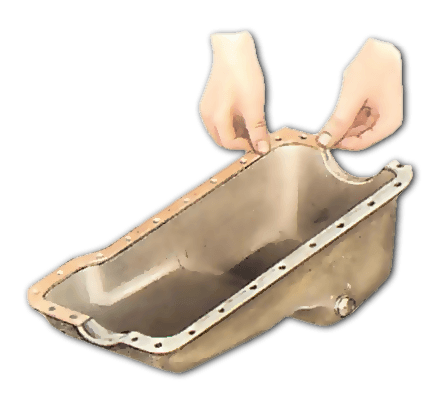Natural gas pressure regulators work by reducing the high pressure of the gas coming from the supply source to a lower, more manageable pressure that is suitable for distribution to consumers. This is typically done through the use of a diaphragm or piston mechanism that adjusts the flow of gas based on the demand and the available pressure.





